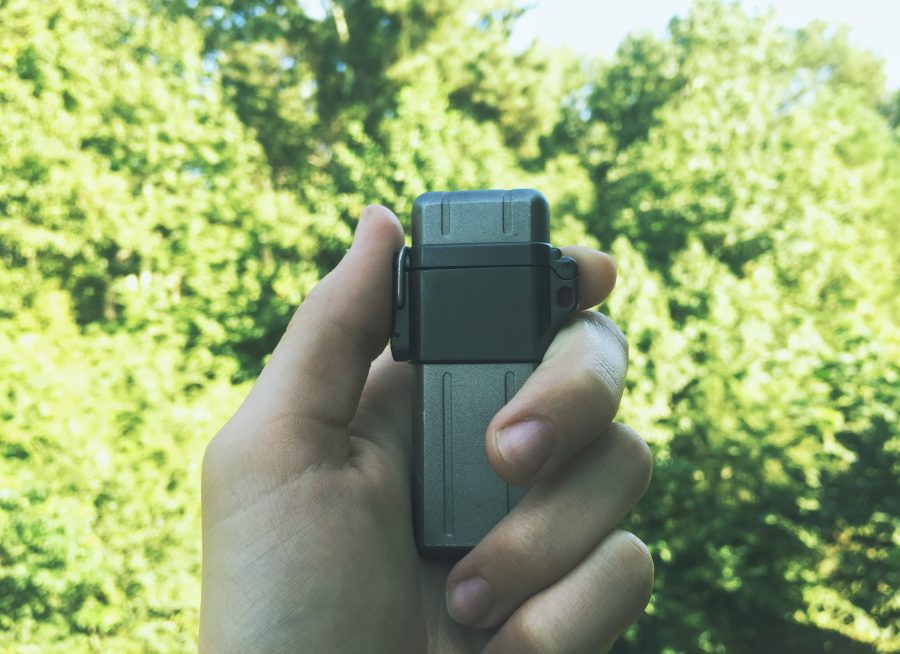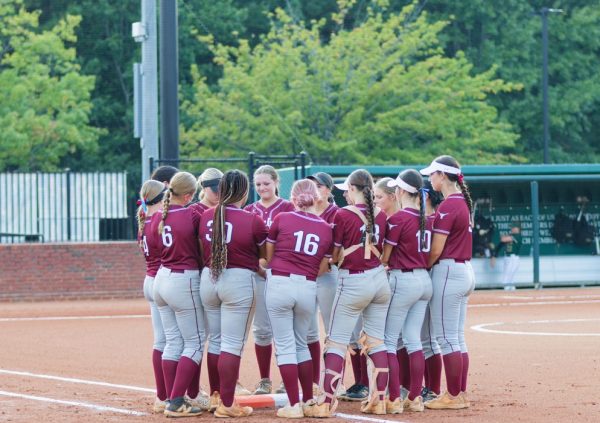Wildfires and preparation across the United States
It only takes a spark and dry bush to start a fire that can devastate hundreds of animals living there.
Over 50% of Georgia’s wildfires are caused by debris burning, an activity done mostly in the backwoods, where dry bush is ready to light. To prevent forest fires, the Georgia Forestry Commission enacted a burn ban from May 1st to Sept 30th in over 50 counties. During this time, Georgians living in these counties must request a burn permit from the GFC. The recent warmer winters have started a fire-risk season earlier into the year, and, coupled with recent droughts, it has become an even larger risk.
In the national scale, anywhere between 87-96% of wildland fires are ignited due to human activities, with 20% being intentional. For the most part, however, they are caused by carelessly disposed cigarettes, ashes, and embers. The current National Preparedness Level is at 4, which means that 60 percent of Type 1 and 2 Management Teams are committed to fires, and over three geographic areas are burning. Over 1.5 million acres have burned this year.
The most newsworthy are the Yellowstone fires, which have gotten so bad that the South entrance (Grand Teton) has been closed. Currently burning are Tatanka Complex and Berry Fire, the latter being responsible for the road closing. Fire restrictions have been in effect since August 8th, with “Extreme Fire Danger” being reported. Over 25,000 acres have burned so far. Overall, they were mostly ignited by lightning, but two are still being investigated. InciWeb has maps showing where the fires are burning, as well as information pertaining to each one.
Back here in Georgia, fires to that extent don’t happen here. The largest fire in the history of Georgia and Florida was the Bugaboo Scrub Fire. Originally the Sweat Farm Road Fire, started by a downed power line, it became the Bugaboo Scrub Fire, after a second fire was ignited by lightning and combined with the first. Around 287,000 acres were affected by this fire, a percent of that being in the Okefenokee Wildlife Refuge and Osceola National Forests.
This year, a fire sparked by an ATV tire spread along I-24 from Georgia to Chattanooga. Several small fires have raged throughout parts of Georgia, mostly the Northwest, including one on Lookout Mountain from a campfire left burning. As such, even if the county isn’t one that’s at high risk, knowing how to prepare is useful information.
In the case of a high-risk time, ensure that burnable materials are not placed near one’s house, to prevent the house from becoming fuel to a wildfire. Under a watch or warning, have a bag with anything you may need in it, including medication and important belongings. Firewise, an organization dedicated to fire preparedness, has a “toolkit” with valuable information available online. The Georgia Forestry Commission has the Community Wildfire Protection Plan, or CWPP, provided to give the residents of Georgia counties education on wildfires.
Wildfires are some of the most devastating disasters that can happen, and occur fairly often, both naturally and unnaturally. Forest fire preparedness is a valuable asset in dealing with and surviving wildfires, and the many resources available online today aid many of the nation’s concerned homeowners.
Your donation will help support The Lambert Post, Lambert High Schools student-run newspaper! Your contribution will allow us to purchase equipment and cover website hosting costs.












